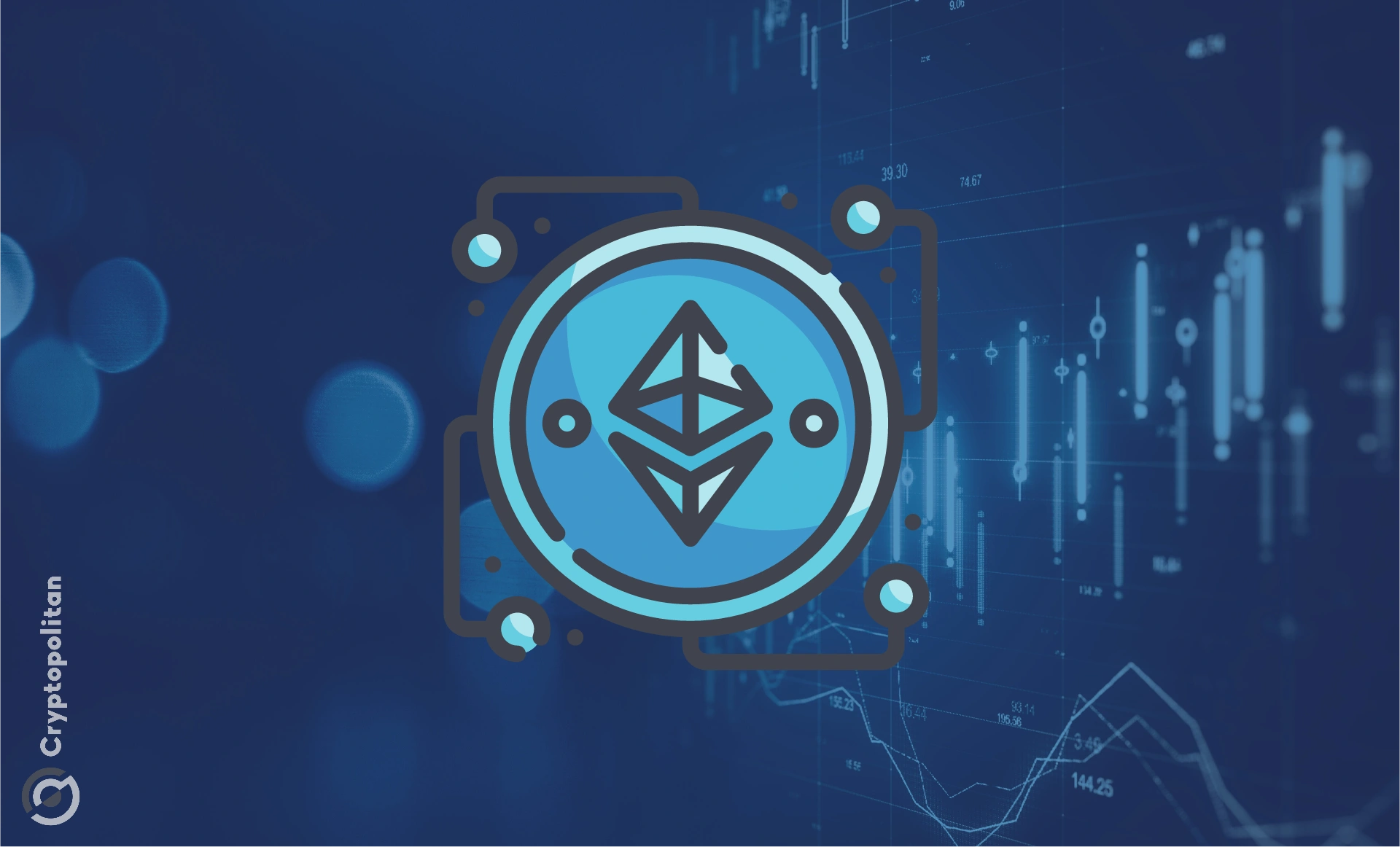Ethereum developers have revealed the name of the next upgrade on the network as Fulu-Osaka. The developers discussed the upgrade during their 140th All Core Developers Consensus Call (ACDC).
The Ethereum network developers have come up with the name of the next upgrade coming after the long-awaited Pectra upgrade, PeerDAS. The network’s developers held their 140th All Core Developers Consensus Call (ACDC) via Zoom and agreed that the upgrade will be called Fulu-Osaka.
Ethereum Foundation researcher Alex Stokes held the conference and chaired the naming of the next upgrade on Ethereum’s consensus layer.
Ethereum developers name the next upgrade after Pectra
gm gm, another friday, another eth dev call summary
acdc #140:
– pectra devnet 2 debugging is ongoing, new issues are bad blocks from geth and chain splits from erigon
– still on track through to launch devnet 3 next week
– peerdas devnet 2 launching today
– fulu-osaka, fusaka,…— Christine Kim (@christine_dkim) August 23, 2024
Galaxy’s Vice President and researcher Christine Kim broke the news and summarized the conference’s details on X. According to Kim, the developers named the upgrade Fulu after the Cassiopeia constellation star. They shortened the name to Fusaka to refer to the Fulu-Osaka upgrade. The developers also discussed the advancement of proposals such as EIP 7742 and technical issues affecting the Pectra development network.
Historically, consensus layer upgrades have been named after major stars, and Fusaka is no exception. Major upgrades on the execution layer are typically named after cities.
The meeting also touched on the progress of PeerDAS and Pectra Ethereum Improvement Proposals (EIPs). During the Zoom call, EF Developer Operations Engineer Parithosh Jayanthi flagged that developers are investigating the Geth client, who allegedly produced a couple of invalid blocks.
Alex Stokes confirmed that Pectra Devnet 3 will be live in a week. Stokes also urged the client team to review an update consideration on EIP 7251 keenly to resolve an edge case scenario.
Ethereum underwent a series of nine improvement proposals in mid-March that collectively constituted the Dencun upgrade. The upgrade aimed to improve the network’s scalability, increase efficiency, and reduce transaction fees on L2 networks.
However, Galaxy’s researcher Zack Pokorny published a “150 Days After Dencun” report that explored the network’s progress 150 days after the upgrade. The report revealed that layer 2 scaling solutions like Arbitrum experienced a significant surge in failed transactions and bot activity.
The Ethereum ecosystem sees further developments
Ethereum has witnessed further developments after Sony confirmed building a new blockchain called Soneium on the Ethereum ecosystem. Sony issued a press release on August 23rd highlighting the company’s intentions with Soneium.
According to the publication, Soneium will support decentralized activities such as Web3 games and NFT marketplaces through applications linked to the Soneium network. The network will also provide a conducive working environment for developers and creators with easy-to-use, cost-effective tools. Sony says Soneium will launch on Testnet soon.
In July, the U.S. financial watchdog SEC approved spot Ethereum ETFs that have progressively witnessed significant inflows. Cumulatively, ETH ETFs currently command 2.31% of the Ethereum market cap, with $7.65 billion in assets under custody.
BlackRock, the world’s largest asset management firm, crossed the $1 billion mark on August 20th and has not witnessed any outflows since the commission approved its ETF.





